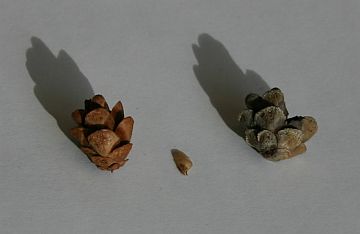 When I visited Cook Forest on Tuesday I found very few crossbills. I was amazed by this because the flocks of white-winged crossbills numbered in the hundreds only two weeks ago.
When I visited Cook Forest on Tuesday I found very few crossbills. I was amazed by this because the flocks of white-winged crossbills numbered in the hundreds only two weeks ago.
Crossbills eat the seeds of pine, spruce and hemlock cones. White-winged crossbills prefer to eat from hemlocks because these cones are easier for them to open with their smaller bills. Cook Forest is loaded with hemlocks but many of them did not produce cones this year. Had the crossbills run out of their preferred food and left the area?
I wondered all this while I was standing near cone-laden hemlocks at the Ridge Campground. “There are lots of cones on these trees,” I thought, “Why aren’t the birds here?”
Then I looked more closely. More than half the cones were gray and puffed open (above right). The other cones were rusty brown and closed more tightly (above left). I plucked one of each to examine more closely. The brown cones had seeds, the gray cones did not. A seed fell out of the brown cone (shown here between the two).
Now that I knew what to look for I could see that most of the cones on the tree were gray. It was so easy to see the color difference that I imagined the crossbills flying over and thinking, “Nope. That one’s not worth visiting!” This was true of all five hemlocks near me. No wonder the crossbills weren’t in this grove.
Just as soon as I answered one question I had two more: Do seed-laden cones reflect ultraviolet light differently than empty ones? If so, the birds could recognize a food-laden tree even more quickly. And do the cones on pines and spruces show similar color differences?
I have more to learn in 2009.
(photo by Kate St. John)
p.s. Readers have helped with the answers! See the comments at the link below.
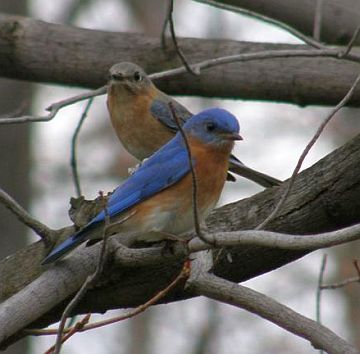 Sunday dawned warm and cloudy but I could see from the satellite image – and the weather report – that a narrow band of strong wind and rain was on its way.
Sunday dawned warm and cloudy but I could see from the satellite image – and the weather report – that a narrow band of strong wind and rain was on its way. 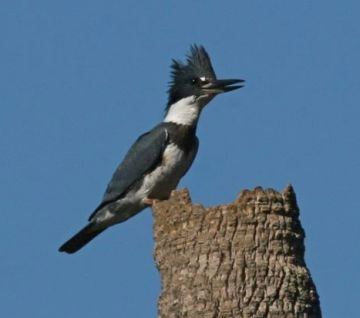 Saturday I stopped at Duck Hollow in hopes of seeing some interesting birds. What I hadn’t counted on was the flooding of the Mongahela River.
Saturday I stopped at Duck Hollow in hopes of seeing some interesting birds. What I hadn’t counted on was the flooding of the Mongahela River. 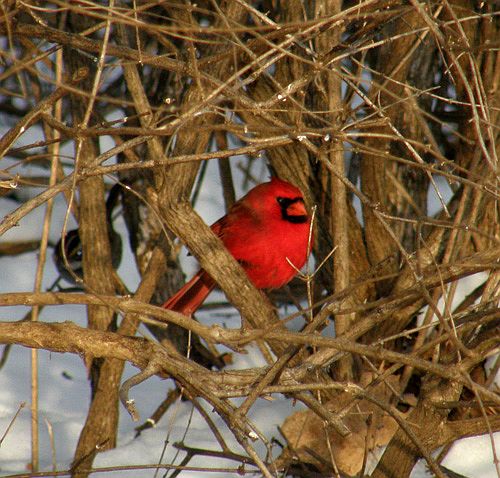
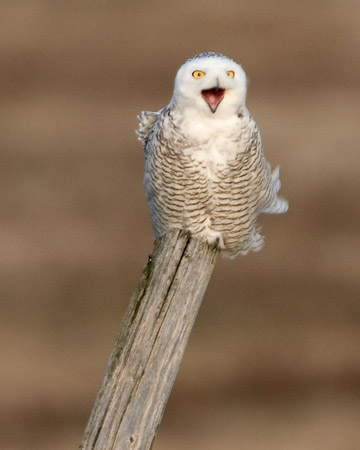

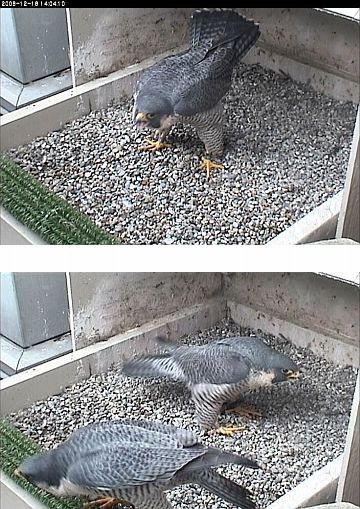 On Thursday the peregrines at the University of Pittsburgh visited the nest for the first time in weeks.
On Thursday the peregrines at the University of Pittsburgh visited the nest for the first time in weeks. 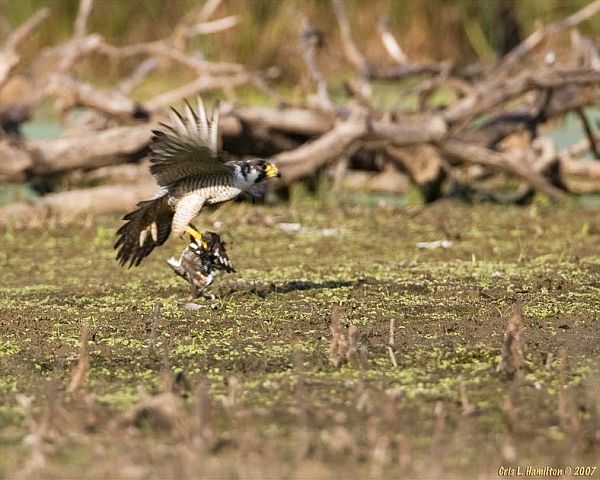
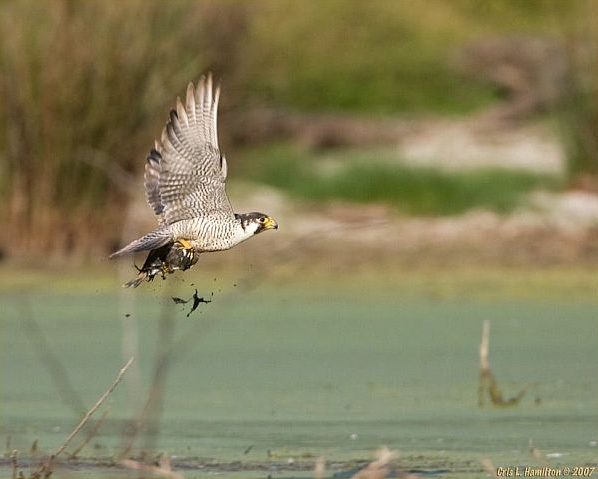
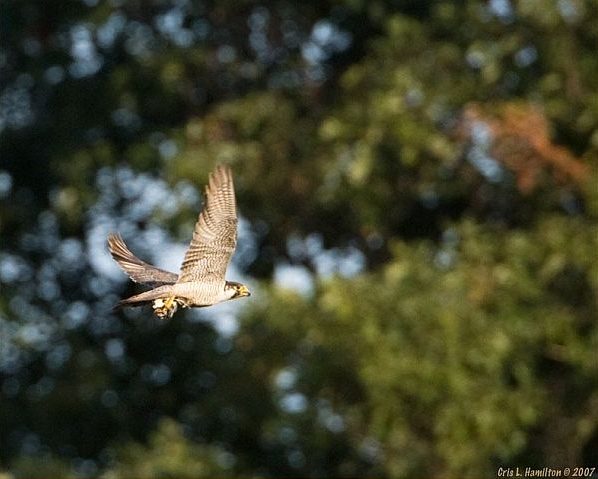
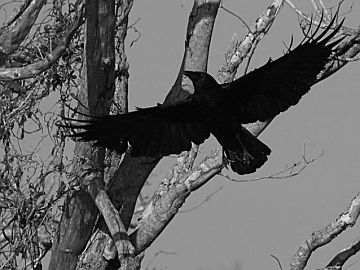 I’ve been frustrated by the lack of
I’ve been frustrated by the lack of 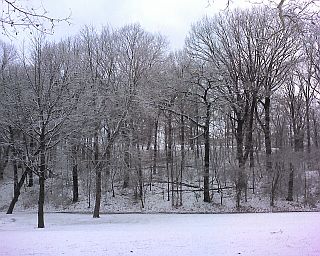 Just now we’re having two days of winter.
Just now we’re having two days of winter.